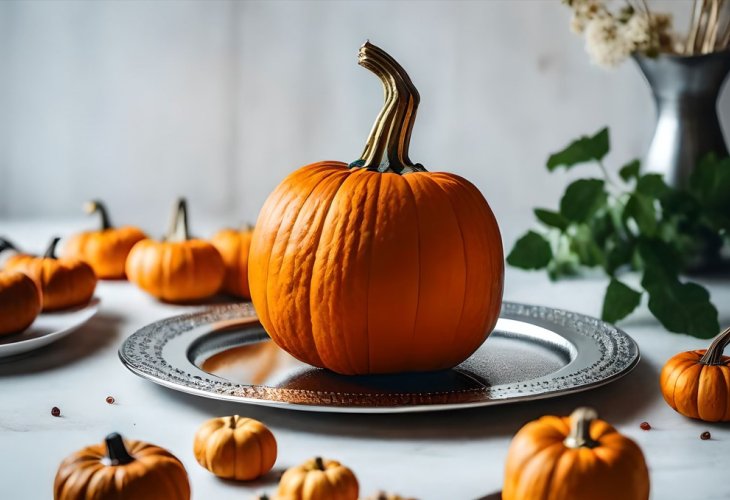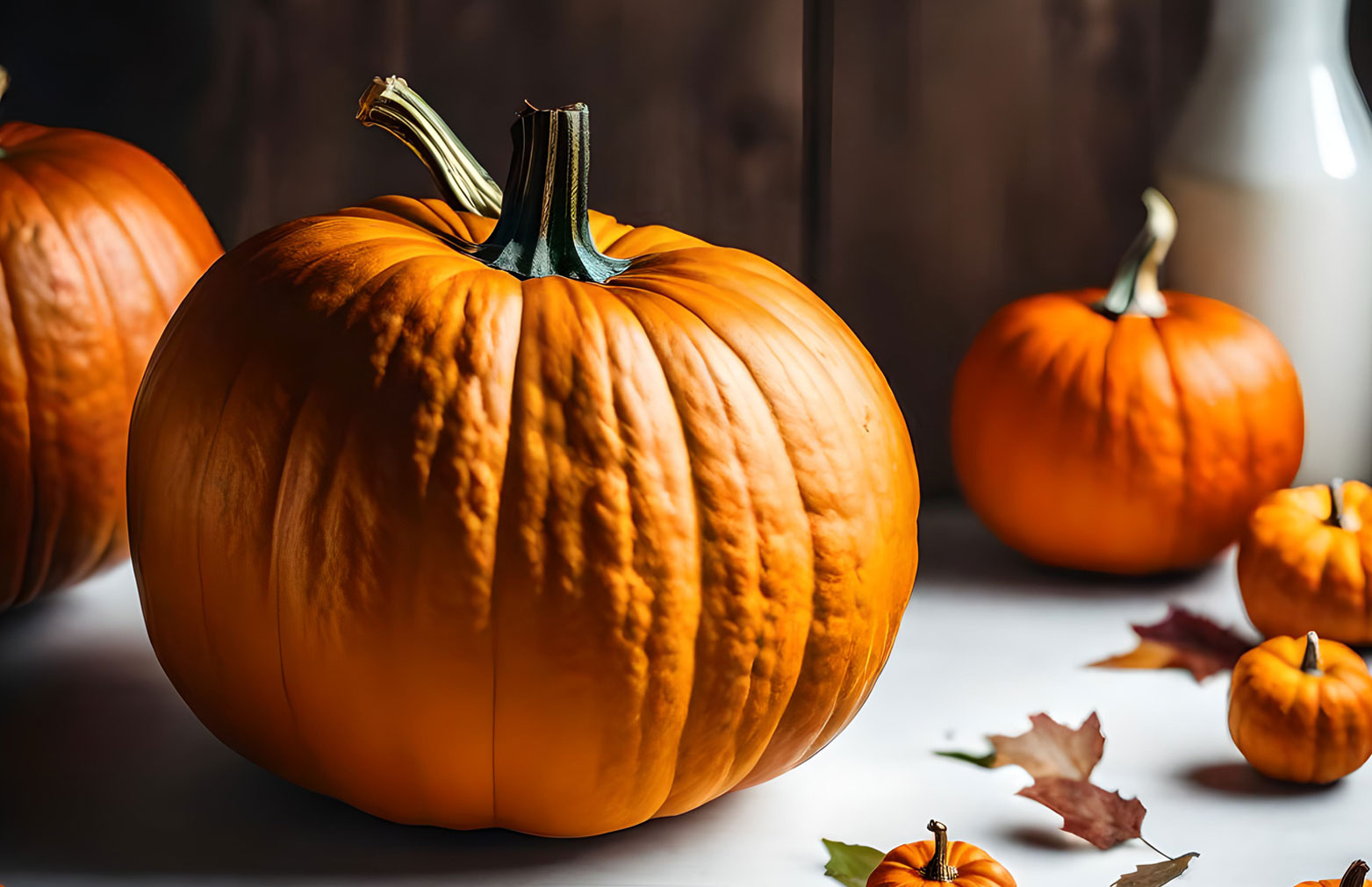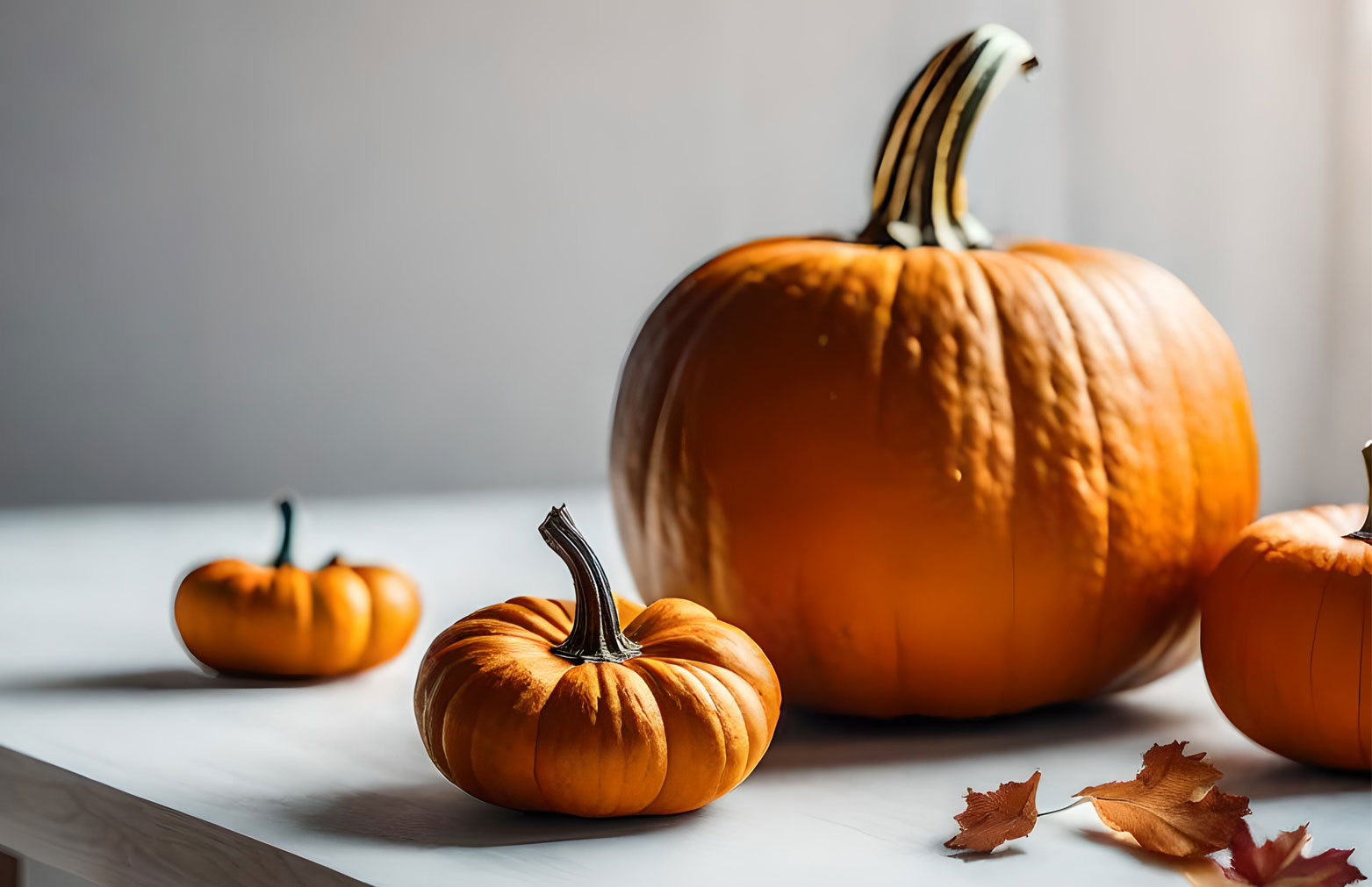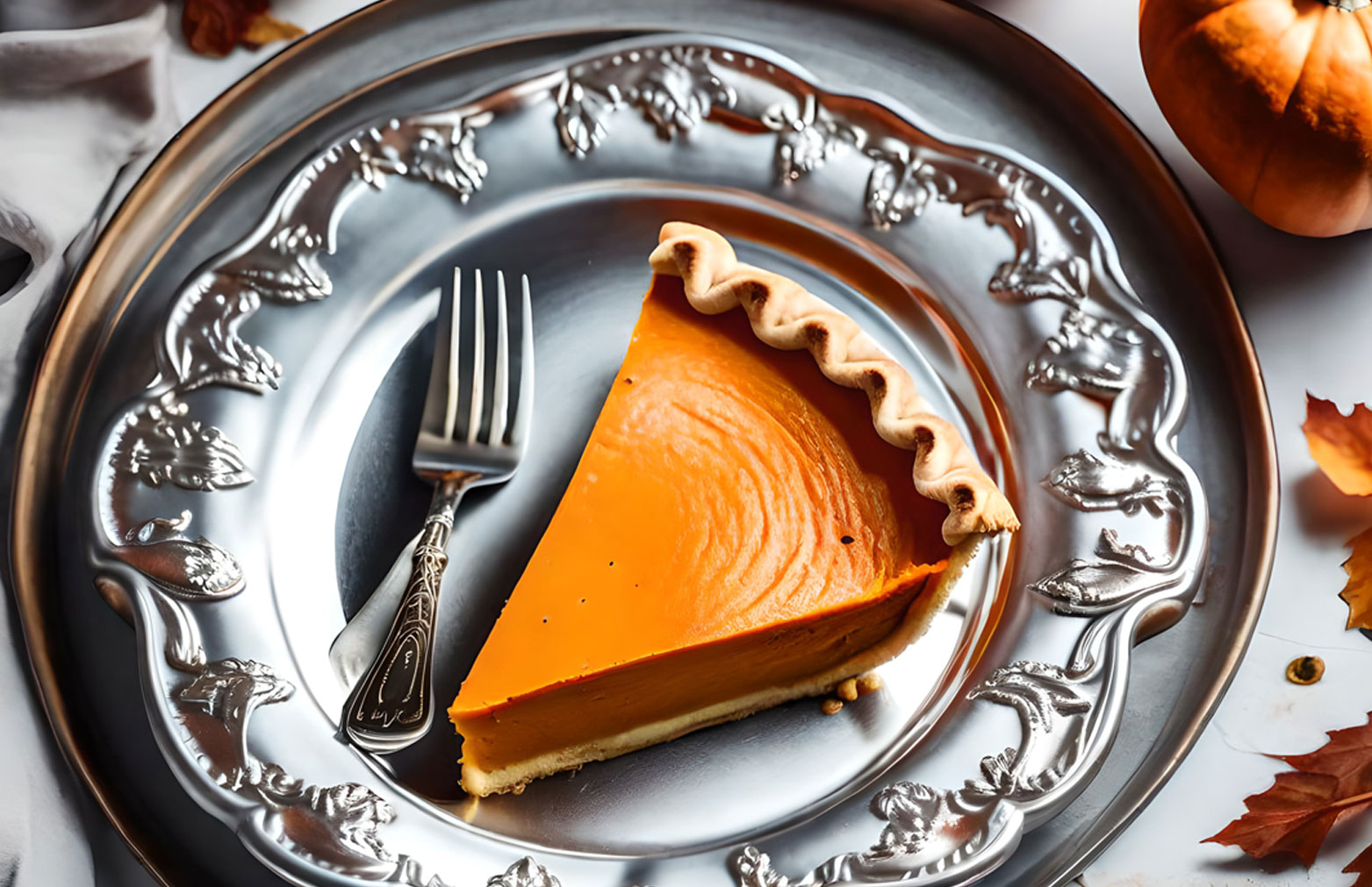Pumpkins or Gourds? Unraveling the Rosh Hashanah Mystery
What do you eat on Rosh Hashanah - pumpkin or "keraa"? Turns out, it depends on your heritage. While the "Yehi Ratzon" blessing remains the same, the taste and cooking methods differ significantly. Here are some intriguing facts about this vegetable that's been a source of confusion since Talmudic times.

Traditional Rosh Hashanah greeting cards often feature images of apples in honey, pomegranates, or maybe a pile of juicy dates. These days, Rosh Hashanah is most associated with apples in honey, but the earliest lists of symbolic foods mentioned in the Talmud included some peculiar vegetables, ones we aren't quite sure about. What caused the other symbols to disappear from traditional Rosh Hashanah illustrations, and what did our sages mean by "keraa"?
The first source for Rosh Hashanah symbols is found in the Babylonian Talmud and mentions only five elements: "keraa," "rubia," "kartia," "silka," and "tamri." It appears the Talmudic text confused even the greatest commentators over the generations, leading to numerous customs across different communities.

The "keraa," for instance, belongs to the gourd family. But which type exactly? Some communities use pumpkin, either as a cooked vegetable or in a pudding. Other communities, particularly those of Sephardic origin, use a strange vegetable that appears in stores around Rosh Hashanah: the "keraa" - a white pumpkin. "Keraa" is actually the Arabic name for the white pumpkin - a summer squash with a thin rind that's eaten whole. Various communities have different ways of cooking it.

Planning to cook pumpkin for Rosh Hashanah? Here are some more interesting facts:
- Pumpkin is a fruit from the gourd family, which also includes melons, cucumbers, and zucchinis.
There are hundreds of varieties of pumpkin, with diverse sizes, shapes, and colors. A pumpkin can weigh up to 220 pounds each!
- The orange pumpkin is the most common variety, but there are also green, yellow, white (like the keraa), and even black types.
- Pumpkin is a good source of beta-carotene, a substance found in pumpkin that can convert to vitamin A in the body. It also contains vitamin C, which protects the immune system, dietary fibers, minerals, and antioxidants.
- Pumpkin seeds are also edible and are rich in iron, magnesium, and manganese.
- For pumpkins (or keraa) on Rosh Hashanah, the blessing is: "May it be Your will... that the evil of our verdict be torn asunder and our merits be proclaimed before You."

So, no matter which type of pumpkin you've decided to prepare as a symbol for Rosh Hashanah, now you understand why greeting cards are adorned with apples and pomegranates rather than the other vegetables – the commentators simply couldn't agree on what they were.
Shana Tova U'Metuka! (A good and sweet year!)

